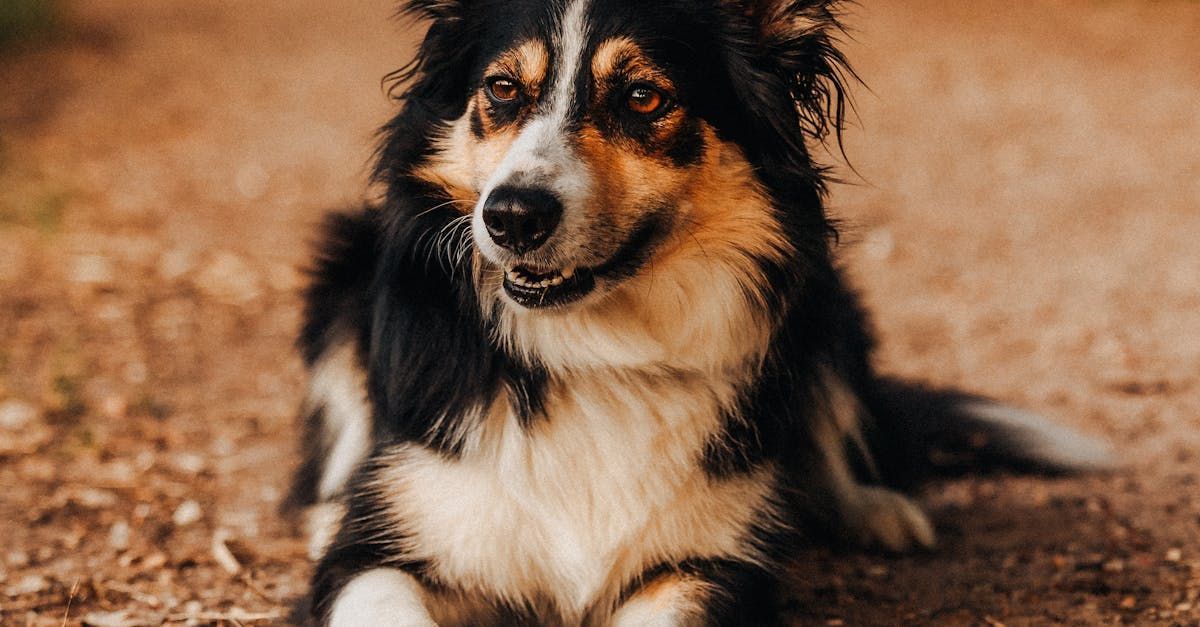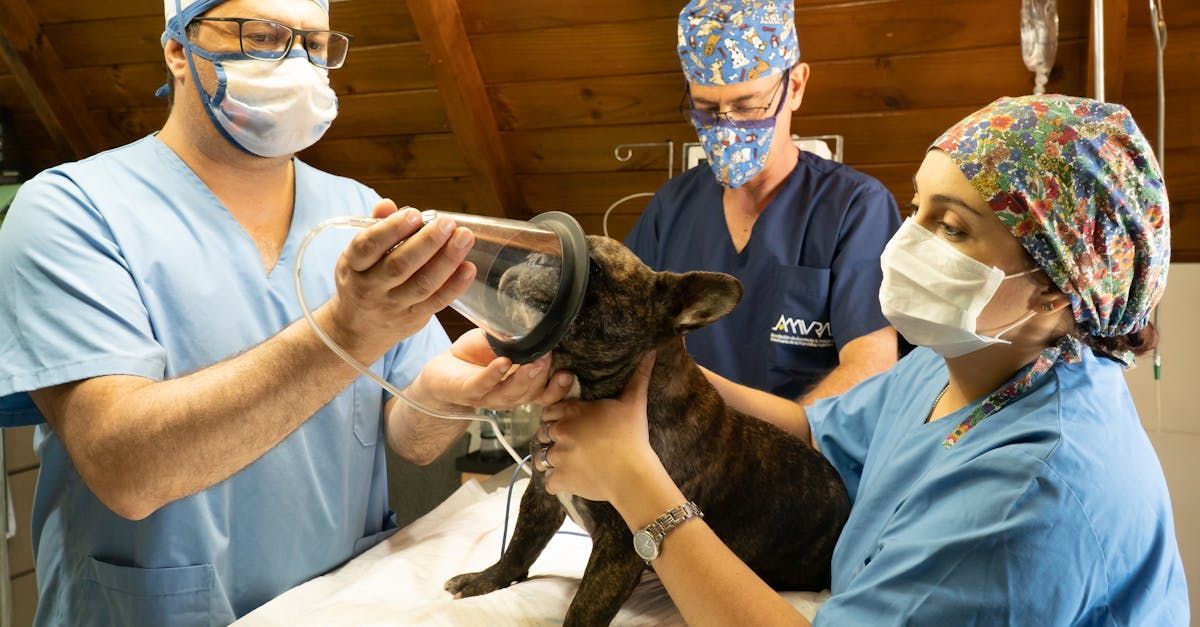Understanding Canine Adenovirus Type 1 and Type 2
Understanding Canine Adenovirus Type 1 and Type 2: Protecting Your Dog's Health
Canine adenovirus type 1 (CAV-1) and type 2 (CAV-2) are two closely related viruses that can cause serious illness in dogs and puppies. Understanding the differences between these viruses, their effects on canine health, how they are contracted, signs of infection, and the importance of vaccination is crucial for protecting your furry companion. In this blog post, we will delve into what CAV-1 and CAV-2 are, their impact on dogs and puppies, how they can be contracted, signs of infection, what to do if your pet is infected, the importance of vaccination, the vaccination schedule, and how long it takes for your dog or puppy to become fully immune.
What is Canine Adenovirus Type 1 and Type 2?
Canine adenovirus type 1 (CAV-1) primarily affects the liver and can cause infectious canine hepatitis, while canine adenovirus type 2 (CAV-2) is associated with respiratory infections, including kennel cough. Both viruses are highly contagious and can lead to a range of symptoms and potential complications in infected dogs.
Effects of Canine Adenovirus Type 1 and Type 2 on Dogs and Puppies:
CAV-1 and CAV-2 can have serious effects on dogs and puppies, ranging from mild respiratory symptoms to potentially life-threatening liver damage. Infected dogs may experience fever, coughing, sneezing, nasal discharge, lethargy, loss of appetite, abdominal pain, jaundice, and in severe cases, organ failure. Puppies and unvaccinated dogs are at higher risk of developing severe illness from these viruses.
How Can Canine Adenovirus Type 1 and Type 2 be Contracted?
Canine adenovirus type 1 and type 2 are typically contracted through close contact with infected dogs or contaminated environments. The viruses can be spread through respiratory secretions, urine, feces, saliva, and contaminated objects. Dogs in crowded or stressful environments, such as kennels or shelters, are at higher risk of exposure to these viruses.
Signs of Infection in Dogs and Puppies:
Recognizing the signs of CAV-1 and CAV-2 infection in your dog or puppy is essential for early detection and treatment. Common signs of infection include respiratory symptoms such as coughing, sneezing, nasal discharge, fever, lethargy, loss of appetite, abdominal pain, jaundice, and potentially neurological symptoms. If you notice any of these signs in your pet, seek veterinary care promptly.
What to Do if Your Dog or Puppy is Infected:
If your dog or puppy is diagnosed with CAV-1 or CAV-2 infection, your veterinarian will recommend appropriate treatment based on the severity of the illness. Treatment may include supportive care, medications to manage symptoms, and monitoring for potential complications. In severe cases, hospitalization and intensive care may be necessary.
The Importance of Vaccination:
Vaccination is the most effective way to prevent CAV-1 and CAV-2 infections and protect your pet from these potentially serious diseases. Puppies should receive a series of vaccinations starting at 6-8 weeks of age, with booster shots given every 3-4 weeks until they are 16 weeks old. Adult dogs should receive regular booster vaccinations to maintain immunity.
Vaccination Schedule:
The typical vaccination schedule for CAV-1 and CAV-2 involves initial vaccinations starting at 6-8 weeks of age, with booster shots given every 3-4 weeks until the puppy is 16 weeks old. Adult dogs should receive regular booster vaccinations as recommended by their veterinarian to ensure ongoing protection.
How Long Does it Take for Your Dog or Puppy to Become Fully Immune?
It typically takes about 7-10 days for a dog or puppy to develop immunity after receiving a CAV-1 or CAV-2 vaccination. However, full protection may not be achieved until the entire vaccination series is completed. Following your veterinarian's recommended vaccination schedule is crucial to ensuring that your pet is fully immune to these viruses.
Conclusion:
Canine adenovirus type 1 and type 2 are serious threats to the health of dogs and puppies. By understanding the signs of infection, seeking prompt veterinary care, and ensuring that your pet is up-to-date on vaccinations, you can help protect them from these preventable illnesses. Vaccination is key to preventing CAV-1 and CAV-2 infections and safeguarding your pet's health and well-being. Remember, a healthy pet is a happy pet!













